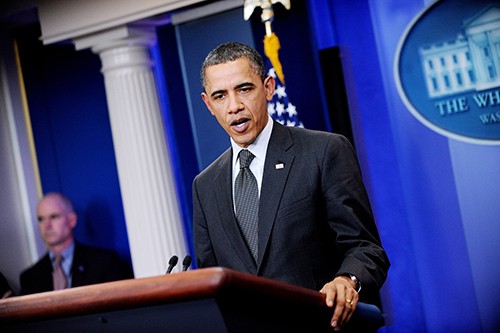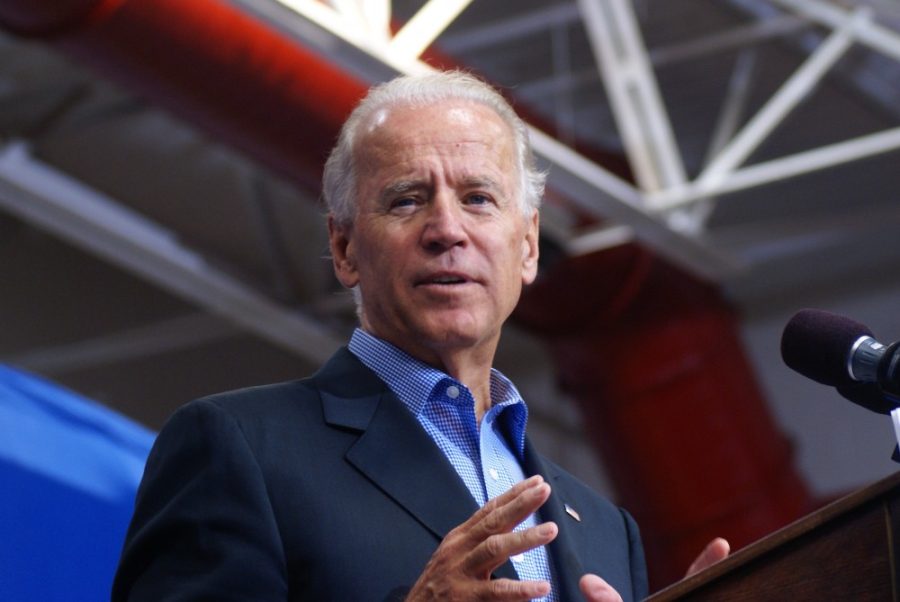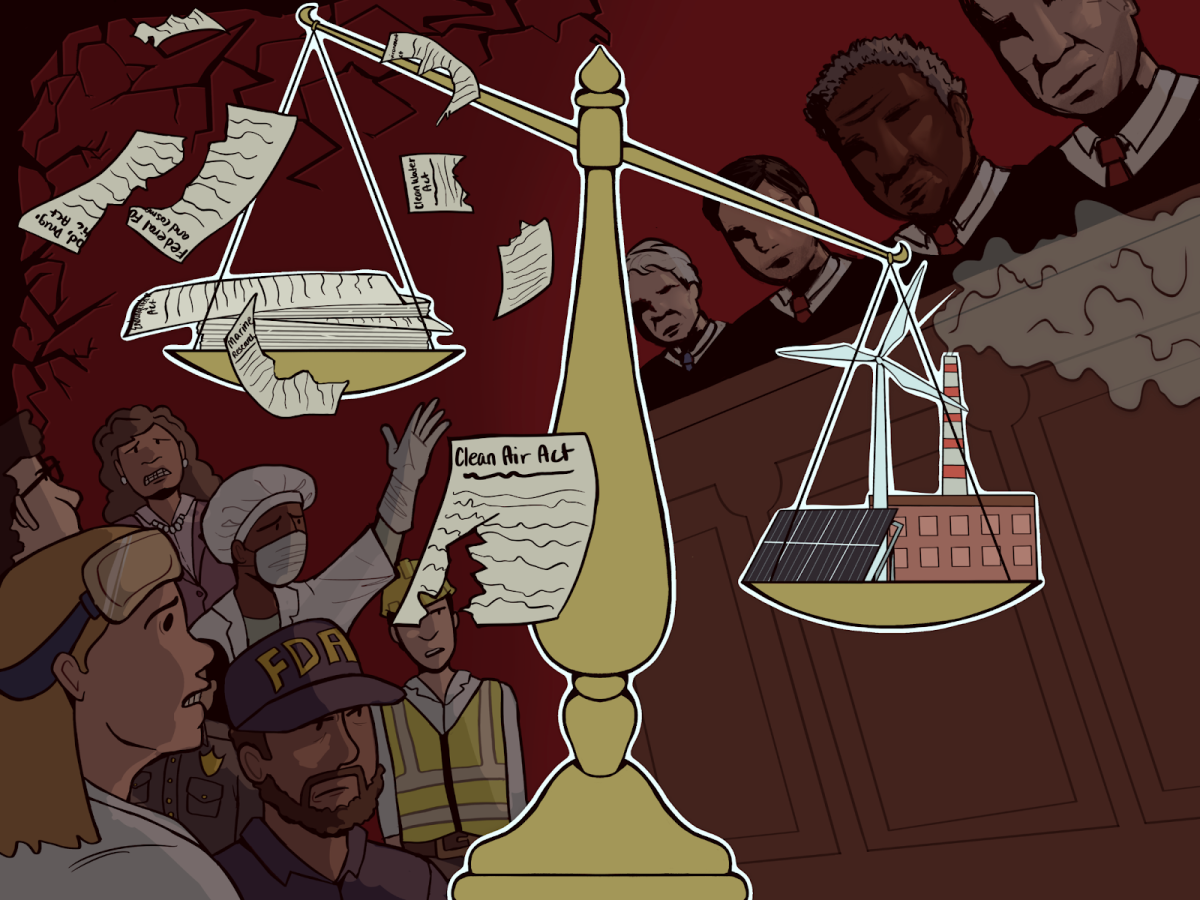WASHINGTON — The dueling deficit-cutting plans presented by congressional Republicans and President Barack Obama promise to restore the nation’s fiscal credibility. But if they fail to deliver, the result could be still higher deficits and the potential for another devastating economic crisis.
Even if the far-reaching and painful measures like those in the two proposals were adopted, economists say, more drastic action would be required in the years ahead to bring the deficit down to a sustainable level.
The GOP plan, drafted by Rep. Paul D. Ryan, R-Wis., would reduce government red ink by $4.4 trillion over 10 years. It would cut federal spending by $5.8 trillion, but would offset that by $4.2 trillion in tax cuts. Ryan counts on the tax cuts to stimulate the economy and end up delivering substantially more tax revenues.
Obama would shrink deficits by $4 trillion over 12 years. He would make considerably smaller spending reductions, a total of $2 trillion, but would increase taxes by about $1 trillion, focusing on wealthy Americans. Since his definition of wealthy begins with families earning $250,000 a year, many working couples with hefty salaries but few if any tax shelters could feel the effects of his plan more sharply than the millionaires and billionaires he often talks about.
Obama’s savings rely in good part on future efforts by government regulators to hold down the costs of medical care — a major, but yet untested, element in the health care law that does not take full effect until 2014.
The Ryan-Republican plan and the one outlined by Obama in his speech last week are opening bids in what’s expected to be a drawn-out battle along partisan lines. But the two approaches agree on one thing: Over time, the nation’s mounting debt threatens the economic stability of the whole country, and the government — along with most voters — will almost certainly have to find ways to do more with less.
“”Everybody’s sacred cows are going to be gored”” if meaningful deficit reduction is to be achieved, said Augustine Faucher, an economist who specializes in government budgets for Moody’s Analytics.
Without a credible plan to reduce the deficits, the U.S. could face the kind of debt crisis that has engulfed Greece, Spain and Portugal — with global investors demanding sharply higher interest payments on American debt, driving up borrowing costs for the U.S. and its citizens, and hence hurting domestic investments, job growth and the nation’s standard of living.
“”When I look out at the horizon, what worries me the most is that the deficits come crashing down and shatter confidence”” in the international markets, said Jim Kessler, vice president for policy at Third Way, a moderate Democratic think tank. His other big concern: “”The budget will be so dominated by entitlements (such as Medicare) that we won’t be able to help our economy grow”” with funds for such things as education and research.
A central element of Ryan’s plan is to end Medicare’s historically open-ended commitment to cover the medical bills of the elderly. Seniors would be given a set amount of money to buy private insurance and would be expected to make up the difference out of their own pockets.
The vouchers Ryan calls for would almost certainly be smaller than the premiums on the private insurance seniors would be expected to buy, unless health care costs declined sharply instead of soaring as they have been. The elderly would have to make up the difference.
According to an analysis by the nonpartisan Congressional Budget Office, seniors would need to pay about $6,400 more in 2022 than under the existing system. Economists estimate that based on current income measures, no more than a fifth of Americans 65 and older could afford such additional financial burdens.
Ryan’s plan would also cap federal spending on Medicaid, which helps the poor and disabled but also pays the nursing home and other long-term care bills for millions of seniors who have no substantial financial means of their own. Absent the federal payments, some or all that cost could be shifted to families of the elderly.
Another key element in the Ryan plan is the idea that maintaining the George W. Bush-era tax rates for the wealthy and lowering the top individual and corporate tax rates — to 25 percent from the current 35 percent — would generate hefty investment and economic gains that would sharply bolster government revenues and help to reduce the deficit.
Economists say that idea was tested during the early 1980s under President Ronald Reagan and in the last decade under President George W. Bush — and in each case failed to deliver the promised economic growth or tax revenues.
“”We tried really big experiments, and neither time did we get the results we expected,”” said Dean Baker, co-director of the left-leaning Center for Economic and Policy Research.
Macroeconomic Advisers, a leading economic forecasting business, examined the Ryan tax plan and his projection that big cuts in federal services would generate almost immediate payoffs to the economy in the form of lower interest rates and stronger economic and employment growth. “”We consider the analysis both flawed and contrived,”” the company concluded.
On the Democratic side, Obama’s plan to raise $1 trillion in additional tax revenues includes generating $320 billion by limiting itemized deductions for the wealthiest 2 percent of taxpayers. This would be in addition to letting the Bush-era tax cuts expire at the end of 2012 for individuals making $200,000 or more.
Republicans, who control the House, have ruled out higher taxes in any form.









